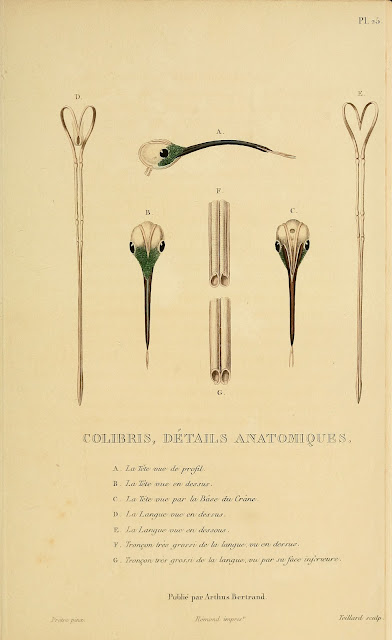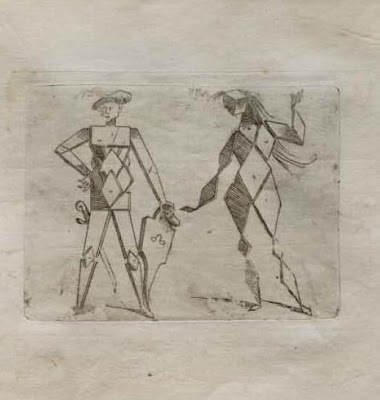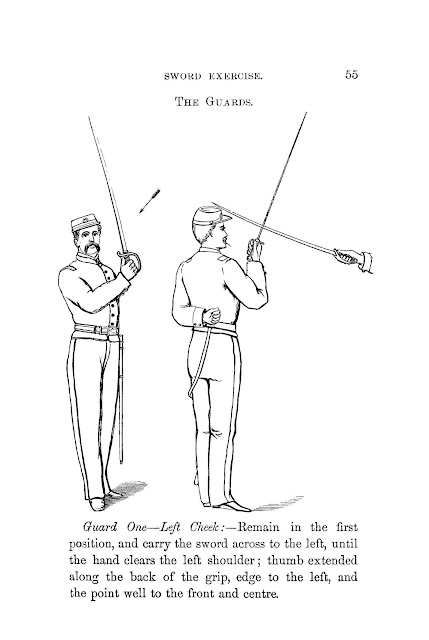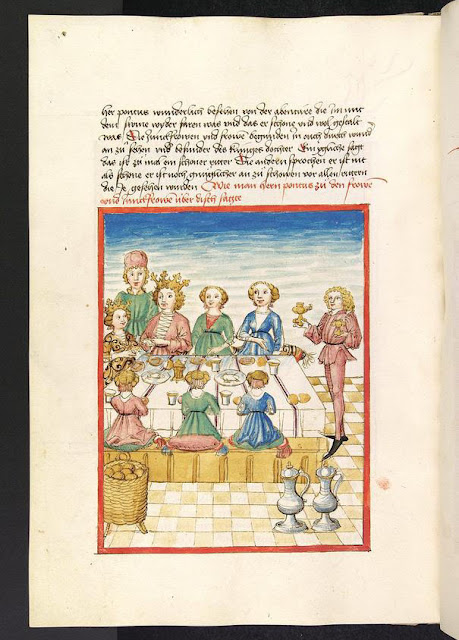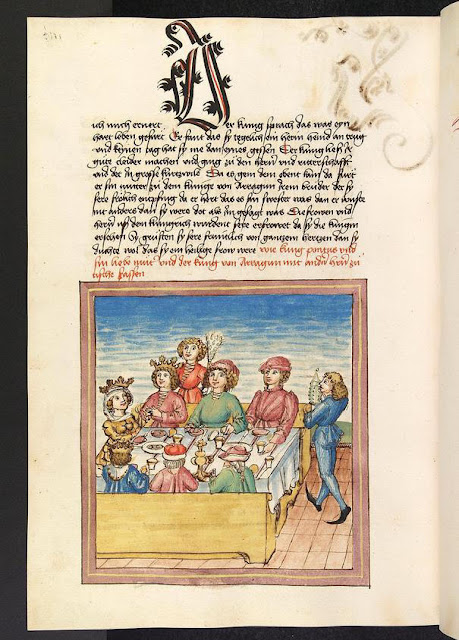Missing Architecture at facsimilium? At least I really was... This amazing collection of civil architecture sketches were drawn by Friedrich Eduard Mezger (1807–1894) a German Architect, Professor and civil Officer of the Royal buildings administration. Mezger studied at the Royal Academy of Fine Arts in Munich (direct link to the academy as it is today founded in 1948, but this Bavarian Academy of fine Arts can be considered as the revival of the "original" Royal Academy, established in 1808). During this period at the academy, Mezger took part in some monumental works in Athens, Greece; promoted by the Academy. After his return in 1833 from Greece, He became professor in civil engineering at the Technical University of Munich (link here to the TUM as it is today), and then in 1846 became "Oberbaurat", that can be literally understood as "Top Architect Officer".
Apart of his sketches, Mezger's collection of aquarelles really impressed me first time I saw it. Following my investigation, I could find that some of them were auctioned by Sotheby's in May 2004, with an average price of around 5.000 EUR (6.500 USD)... fair isn't it? More info see Arcadja web page, link here. Type "Eduard Mezger" on search by artist window (3 results). I couldn't obtain same results by a direct search on Sotheby's (¿?).
For a high resolution, pdf version of this manuscript, contact me (facsimilium AT gmail DOT com).
 |
| Amazing aquarelle, see left hand side light entry effect, mixed with colour -turquoise- intensity on top.. |














